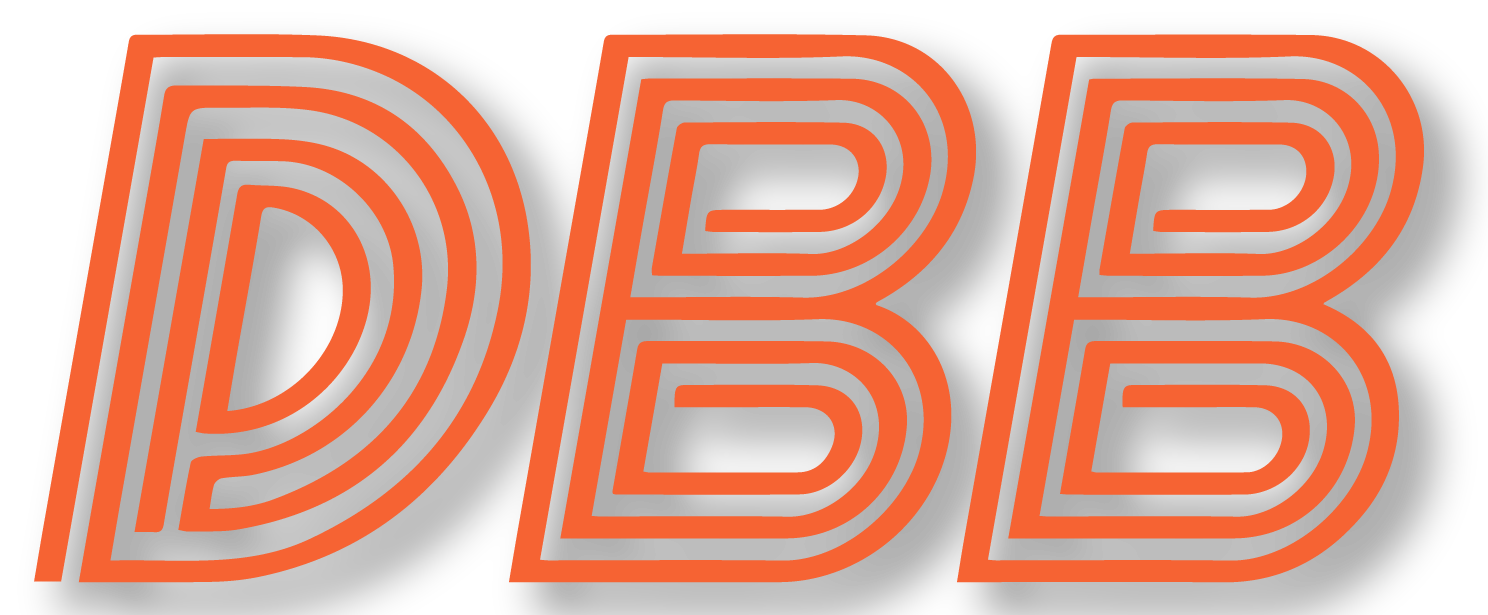Camp approaches, which means it’s time for me to grade the roster. Like I’ve done the last few years, I’ll grade on a 1-10 scale, with 1 being the worst in the NFL, 10 being the best, and 5 being an average NFL unit. Let’s get right down to it.
Quarterback: 3
Key Player: Justin Fields
Roster Depth: Trevor Siemian, Nathan Peterman
I should start here by noting that I’m grading based on past production and trying to minimize projecting what I personally think will happen in the future. Accordingly, Justin Fields was statistically one of the worst starting QBs in the NFL last year. That is common for rookie QBs. Underneath the really bad stats, there was actually quite a bit to like about Fields’ rookie season, so I’m excited to see how big of a sophomore leap he can make. Hopefully he will be viewed as at least an above-average starter by the end of 2022.
Trevor Siemian is a quality backup with plenty of experience, which helps the grade here a bit. Nathan Peterman has thrown 135 NFL passes, with less than 6x as many completions to his own team (71) as the opposing defense (12). I seriously hope I never have to watch him play a regular season snap for the Bears. I don’t understand why the Bears didn’t give that spot to an undrafted rookie, because we already know Peterman is terrible and doesn’t belong in the NFL.
Running Backs: 5
Key Players: David Montgomery, Khalil Herbert
Roster Depth: Triston Ebner, Darrynton Evans, Khari Blasingame, De’Montre Tuggle
David Montgomery has put up solid volume numbers through three NFL seasons, but a closer look at his performance reveals he’s been one of the least efficient high-usage running backs in the NFL. Khalil Herbert had a quality rookie season last year, and the Bears also brought in Darrynton Evans and Triston Ebner as guys who possess a different skill set than Chicago’s two lead backs. Fullback Khari Blasingame was also signed, and the Bears say they want to use him as more than just a blocker. It’s hard to give this group too high of a rating due to the lack of a premier player, but quality depth makes it a solid room overall. I fully expect we’ll see much more of a rotation this year than the last few seasons, which should be good for the offense overall.
Wide Receivers: 2
Key Players: Darnell Mooney, Velus Jones Jr., Byron Pringle
Roster Depth: Equanimeous St. Brown, N’Keal Harry, Dante Pettis, Tajae Sharp, David Moore, Dazz Newsome, Isaiah Coulter, Chris Finke, Kevin Shaa, Nsimba Webster











